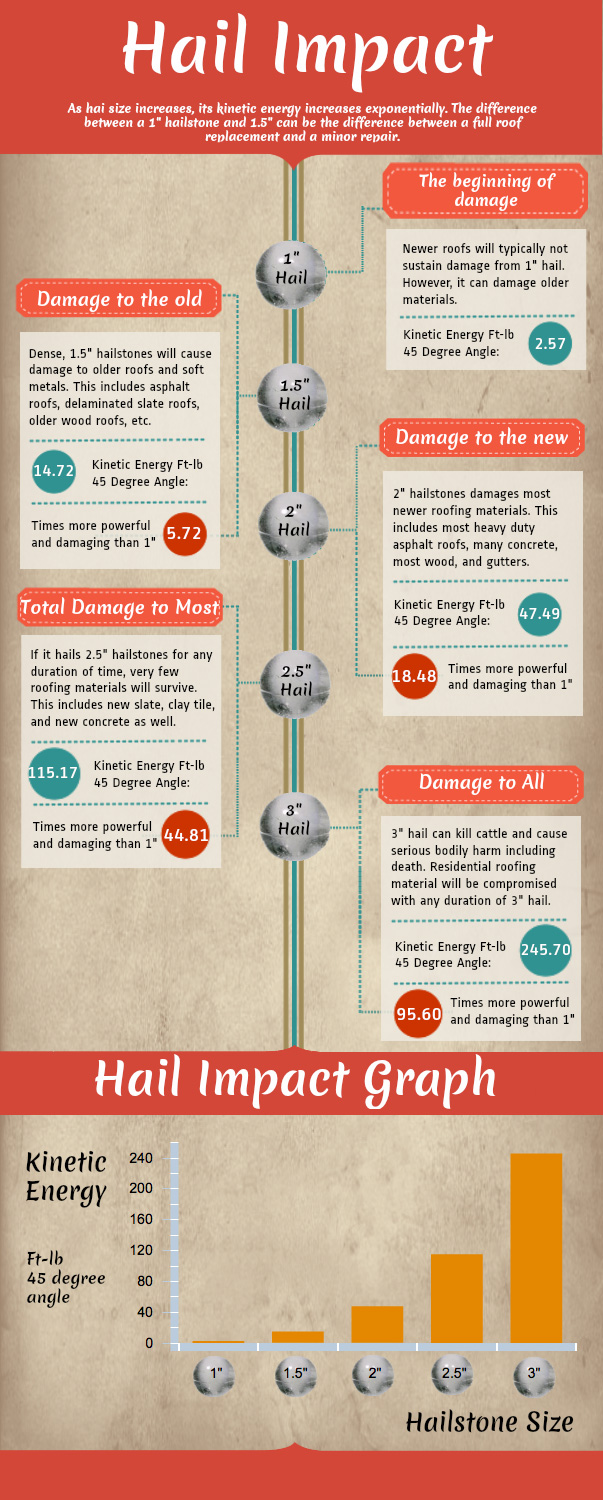Gain Insight Into How Diverse Weather Conditions Can Affect Your Roofing System Setup, Making Sure A Job That Is Performed Flawlessly
Gain Insight Into How Diverse Weather Conditions Can Affect Your Roofing System Setup, Making Sure A Job That Is Performed Flawlessly
Blog Article
Material Author-Figueroa Langley
When it involves roofing system setups, the climate can make or break the task. Visualize the aggravation of dealing with materials that won't comply due to extreme warm or fighting slippery surfaces brought on by unanticipated rain. Recognizing the influence of climate condition on your roof task is vital for an effective end result. So, allow's explore how different weather aspects can influence the high quality and longevity of your roof covering installation, guaranteeing a task well done.
Effect of Temperature on Roof Installation
When it comes to roofing setup, temperature plays an essential role while doing so. The excellent temperature for roof covering jobs usually falls between 45 and 85 degrees Fahrenheit. Extreme heat can trigger products like tiles to become too pliable, resulting in potential damages during installation. On the other hand, chilly temperature levels can make products weak and vulnerable to breaking. It is very important to arrange roof covering installments during modest temperatures to make sure the most effective result.
During cooler climate, specialists might need to take added precautions such as making use of warmed devices or permitting products to heat up before installation.
In contrast, hot weather may call for job to be done previously or later on in the day to prevent the peak temperature levels. By taking into consideration the temperature and its impacts on roof covering materials, you can assist make sure an effective installment that will stand up to the elements for years to find.
Effect of Precipitation on Roof Projects
Roof projects can be significantly impacted by rainfall, impacting both the timeline and the top quality of the setup. Rain or snow can develop slippery conditions, making it dangerous for roofers to work with a wet surface area. Furthermore, wetness can endanger the adhesion of materials like shingles or underlayment, bring about potential leaks or problems in the future.
If it rainfalls throughout a roof covering project, the water can permeate into vulnerable locations, creating delays as the setup staff have to await the roof to completely dry before proceeding. Too much dampness can likewise advertise the growth of mold and mold, further threatening the stability of the roof.
To stay clear of these concerns, it's advised to schedule roof jobs during drier periods or keep an eye on the weather forecast very closely to plan about any type of prospective rainstorms. By taking preventative measures to work in beneficial climate condition, you can guarantee a smoother and a lot more effective roof setup process.
Influence of Wind Speed on Installation Success
Throughout roof covering installment, the speed of the wind plays a critical function in establishing the success of the task. High wind rates can posture substantial difficulties to roofing contractors, possibly resulting in security hazards and top quality problems. When wind rates surpass recommended limitations, it ends up being difficult to take care of products, raising the threat of mishaps and damage to the roofing products. Strong gusts can also impact the precision of measurements and the accuracy required for proper installation.
To make https://types-of-metal-roofing07384.bloggerchest.com/29776578/usual-roofing-misconceptions-disproved-what-homeowners-ought-to-know , it's important to monitor and think about wind rates. Preferably, roof covering installment should occur on days with low to modest wind speeds. This not just improves the security of the employees but also enhances the general high quality of the installment.
windows in san antonio set up throughout calm climate condition are most likely to be completed successfully and with less mistakes. By taking notice of wind rate forecasts and preparing appropriately, you can assist ensure a smooth and effective roofing system installation procedure.
Conclusion
So, when it involves roofing setup, remember to take into consideration the weather to guarantee a successful task. Optimal temperature levels, dry conditions, and moderate wind speeds are key elements to focus on for a smooth setup procedure. By scheduling your project throughout the very best seasons and suitable weather conditions, you can accomplish a sturdy and long-lasting roof covering that will safeguard your home for many years to find.
